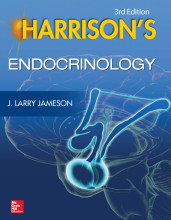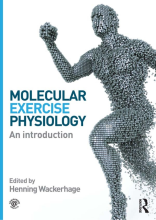Summary: Potent Myofiber Hypertrophy During Resistance Training In Humans Is Associated With...
- This + 400k other summaries
- A unique study and practice tool
- Never study anything twice again
- Get the grades you hope for
- 100% sure, 100% understanding
Read the summary and the most important questions on Potent myofiber hypertrophy during resistance training in humans is associated with satellite cell-mediated myonuclear addition: a cluster analysis
-
1 Introduction
-
Is the myonuclear domain a fixed entity?
No, it changes with to volume changes. -
What are the main activating factors of satellite cells?
- local and systemic growth factors
- mechanical load
-
Which genes, involved in satellite cell regulation, were differentially regulated according to cluster?
- MGF (activation of satellite cells)
- myogenin (late differentiation)
- cyclin D1 (cell cycle progession)
-
What was the main hypothesis of this study?
How well myofibrils hypertrophy is driven by the size of the pool of satellite cells. -
2 Methods
-
What was the main clustering variable?
Cross sectional area of the m. vastus lateralis. -
How often did the participants perform resistance exercise over the course of 16 weeks?
3/week -
How were satellite cells identified?
By using an antibody to the neural cell adhesion molecule (NCAM) -
What growth factor was examined?
IGF-1 including MGF -
3 Results
-
What can be said about the effect of 16 weeks of resistance training in adults on fiber typing ?
There was a slight shift from type 2x to type 2a -
3.3 Population of muscle satellite cells
This is a preview. There are 1 more flashcards available for chapter 3.3
Show more cards here -
What was found about the baseline amount of satellite cells?
Xtr > Mod > Non
- Higher grades + faster learning
- Never study anything twice
- 100% sure, 100% understanding
































